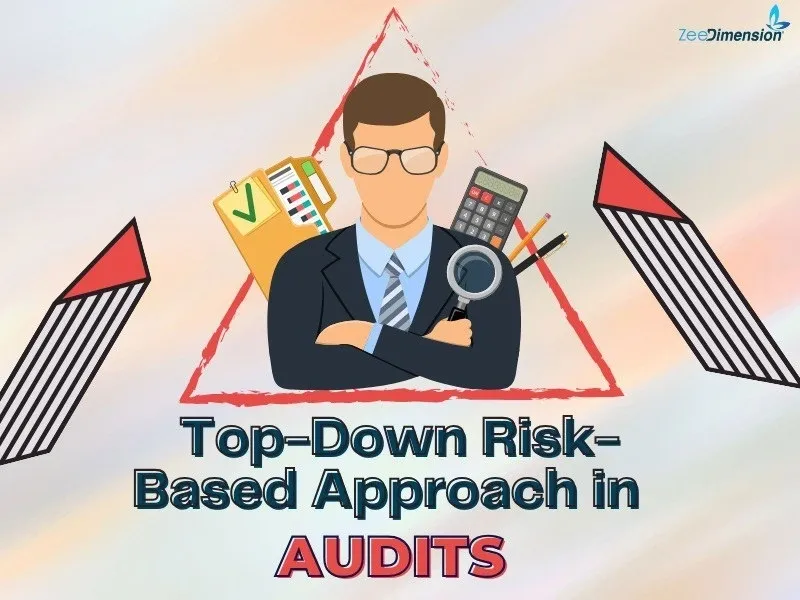
What is the Top-Down Risk-Based Approach?
Definition: A strategic audit methodology focusing on identifying and responding to significant risks first.
Goal: To streamline audit processes, ensuring resources are allocated to areas with the highest risk of material misstatement.
Key Benefits
-
Efficiency: Reduces unnecessary audit procedures.
-
Effectiveness: Ensures critical risks are addressed.
-
Resource Allocation: Prioritizes high-risk areas, saving time and effort.
Steps in the Top-Down Risk-Based Approach
1. Understanding the Entity: Gain comprehensive knowledge of the client’s business, industry, and environment.
2. Identifying Significant Risks: Focus on areas with the highest potential for material misstatement.
3. Assessing Internal Controls: Evaluate the effectiveness of internal controls over financial reporting.
4. Designing Tailored Audit Procedures: Develop specific audit steps to address identified significant risks.
5. Continuous Monitoring: Adapt audit procedures based on ongoing findings and reassess risks as necessary.
Step 1 – Understanding the Entity
Elements to Consider :
– Business operations
– Industry characteristics
– Economic environment
Objective: Identify how the entity makes money, its strategic advantages, and potential risks.
Step 2 – Identifying Significant Risks
Definition: Risks that require special audit consideration due to their potential impact on financial statements.
Methodology
– Analyze financial statements
– Conduct discussions with management
– Review industry risk alerts
Step 3 – Assessing Internal Controls
Key Components :
– Control environment
– Risk assessment processes
– Control activities
– Information and communication
– Monitoring activities
Objective: Determine if controls are effectively designed and implemented.
Step 4 – Designing Tailored Audit Procedures
Process :
– Link identified risks to specific audit procedures
– Ensure audit steps are unique to the client’s risk profile
– Utilize experienced auditors for high-risk areas
Step 5 – Continuous Monitoring
Importance: Regularly reassess risks and adjust audit procedures.
Approach :
– Maintain professional skepticism
– Document changes in risk assessment and audit response
The top-down risk-based approach enhances audit quality by focusing on significant risks, improving both efficiency and effectiveness.
Adopting this approach requires commitment and understanding, but it results in a more robust and targeted audit process.
Additional Resources
– **AICPA Whitepaper**: [Risk Assessment Standards](https://us.aicpa.org/content/dam/aicpa/interestareas/frc/auditattest/downloadabledocuments/risk-assessment/risk-assessment-wp.pdf)







